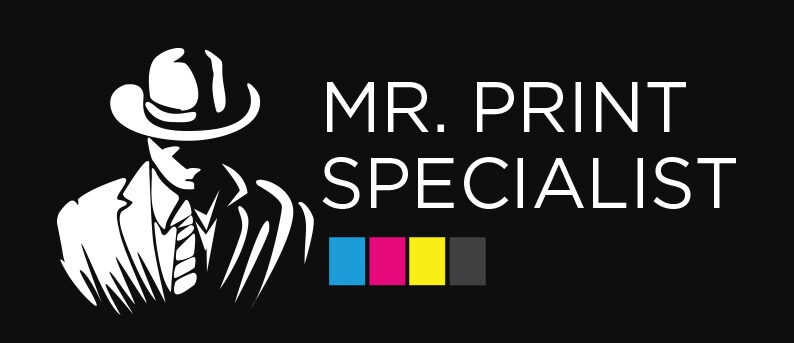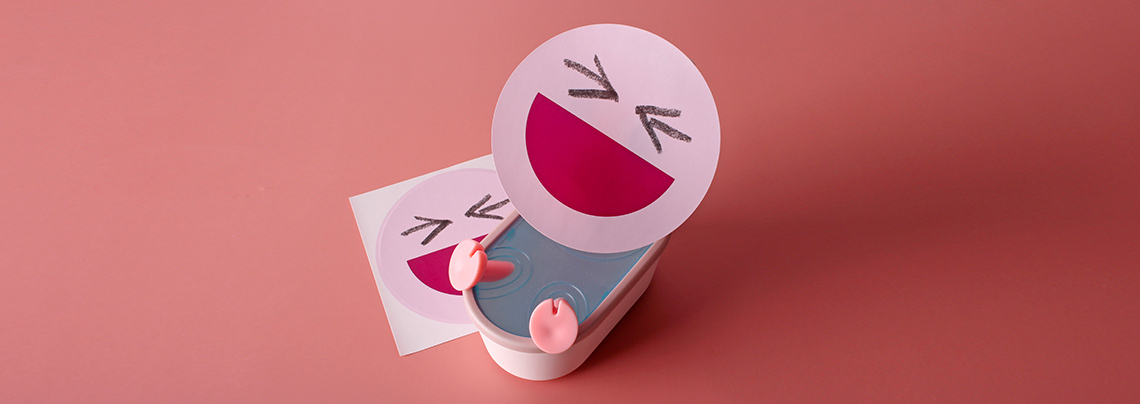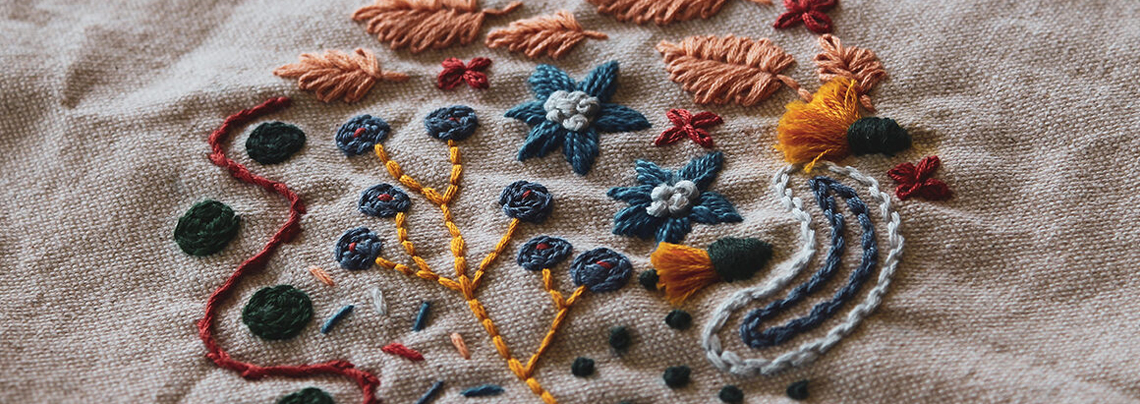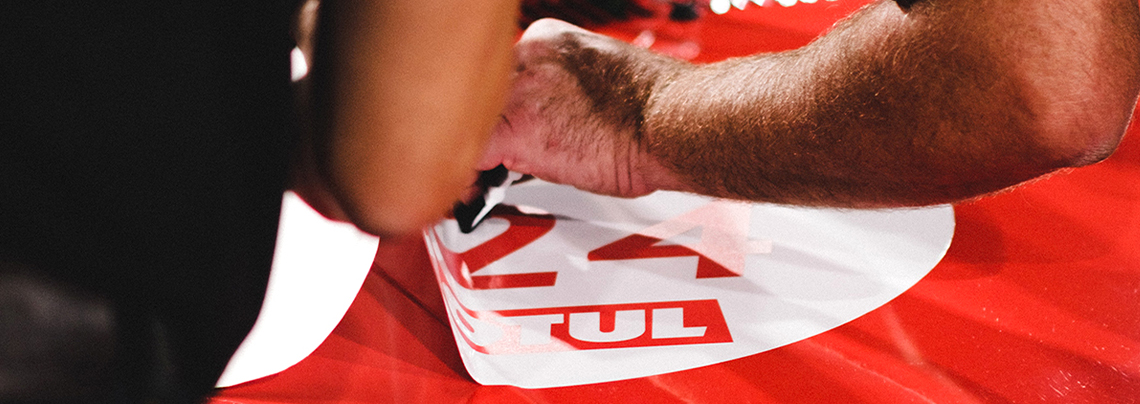Emotional design is an aspect that you should not ignore. When coming up with concepts, it is important to think about how your work will make someone feel. This guide will give you all the information you need.
“Design exists in the everyday things we see, hear, and touch. Whatever design we engage with, we experience different thoughts and feelings” – Medium
You may not know it, but emotional design is all around us. You are engaging with these designs without even knowing it. A logo that maximizes the use of emotional designs can tap into the subconscious of people who see it. Most people say they don’t know why a good design can make them feel happy and positive.
Businesses that make use of emotional designs can draw people in and keep them coming back for more. As one of the most powerful design tools, your brand will want to take advantage of this. Using people’s emotions can be simple and complex at the same time. As you develop your brand, you’ll want to keep this in mind.
We’ll further expand on what emotional design is and how you can make use of it to improve your business.
What is Emotional Design?
Unlike something like postmodernism, emotional design isn’t an art style. Emotional design is a concept that focuses on making the viewers feel certain emotions. For this reason, two similar designs can have different emotional effects on people. By invoking an emotional response in people, you can create the impression you want for your products.
Here’s an example of this concept at work: Objects that look aesthetically pleasing to people will become more effective. This is because of the emotional and sensual connection that the user feels towards the object. Appealing to these feelings is what many businesses and designers should learn to use. Relying on an expensive marketing campaign can alienate current and potential customers.
Because people are more attracted to products or services that they can easily relate to, you can use the different aspects of emotional design to better connect with the customer and find ideas that you use to your advantage.
Depending on what industry you are in, this concept can become crucial to your marketing strategies. A smart campaign incorporates emotional designs on each of your promotions and advertisements. Although it’s a bit tricky to do, the payoff is worth it. A brand that a customer remembers is a brand that they’ll keep coming back to.
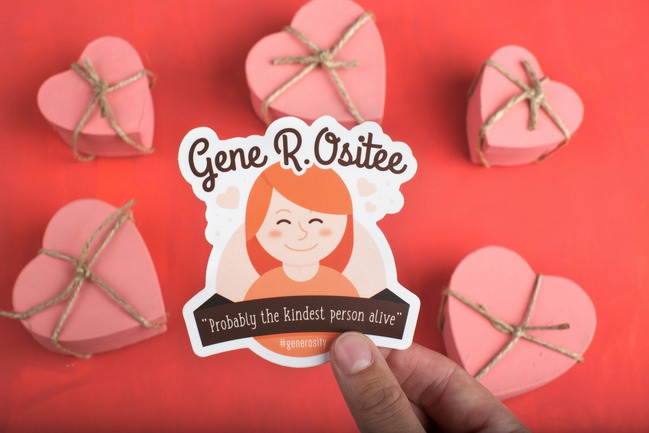
The Three Levels of Emotional Design
A director at the University of California, San Diego, Donald Norman, has researched the concept of emotional design. Norman had come up with the following levels of emotional design:
Visceral:
This aspect refers to the immediate reaction of the viewer to the design. Generally, this level deals with the overall looks of your product. A great way to make use of this is to incorporate font psychology into your designs.
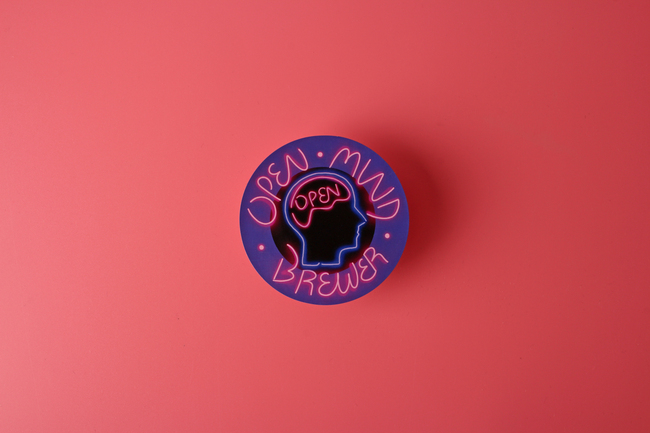
Behavioural:
This aspect taps into the viewer’s subconscious mind, evaluating how your design can help them achieve their goals. People should feel that your product is useful and know how well it can perform.
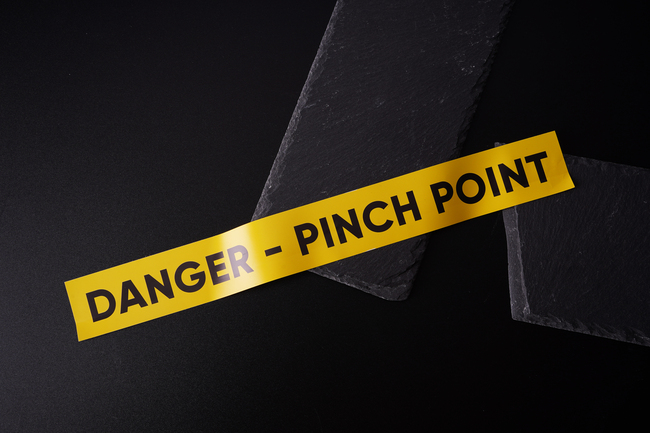
Reflective:
This aspect refers to how the viewers judge the performance and benefit of your design. If they find it fun to use, then they will keep using the product. This can cause consumers to become sentimental towards the design and tell their friends about you.
You can use this to slowly create a design that sticks in people’s minds for a long time. Due to people’s reactions being subconscious, you may think that the results are invisible. However, this is not the case, as many people will become attracted to a product that makes them feel something.
Applying Emotions to Your Design
Because emotions play such an important aspect of a person’s life, aiming to cater your designs around it is crucial. However, it can be a challenge to do so. While keeping Norman’s level of design, you should design your products to tap into the hearts and minds of your customers.
To create emotional designs, here are some tips:
Understand what the customer wants:
Appealing to another person’s desire is the key to their heart. When a person sees your design, you must make them think “I need that item.” Think about what you are offering and how the customer can make the most out of it.
Add some character:
A simple way to get people invested in your brand is by adding character to your products. People always want something to relate to. Products and services aren’t exempted. So design something that makes people feel connected to you and your brand.
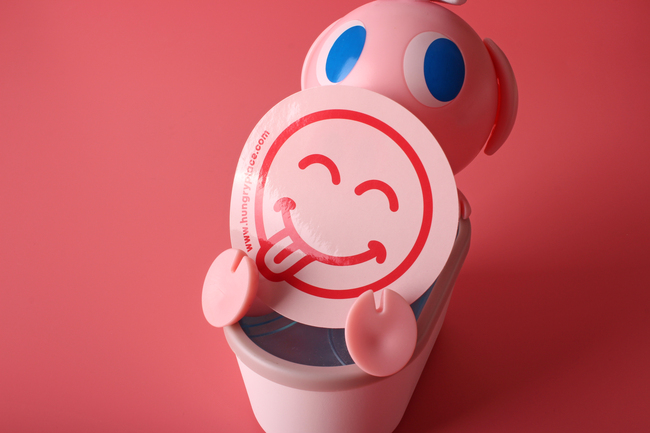
Create interactive designs:
Being able to interact with you is something that many consumers want. Try using promotional stickers for this approach. You can add design choices that allow each person to engage with your team. Having your designs on the client’s bumper or personal belongings can go a long way.
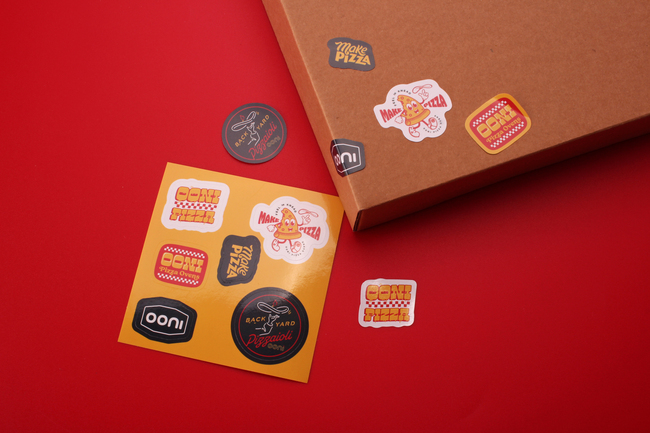
Final Thoughts
With optimal design choices, you can make your customers feel something about your brand. People who are emotionally invested will keep coming back to you and provide you with a lot of support. Be sure to carefully plan the design and methods you are going to use to ensure that you can succeed. If you ever need to print something out, we recommend that you go for some roll stickers. These are great for some bulk printing.
